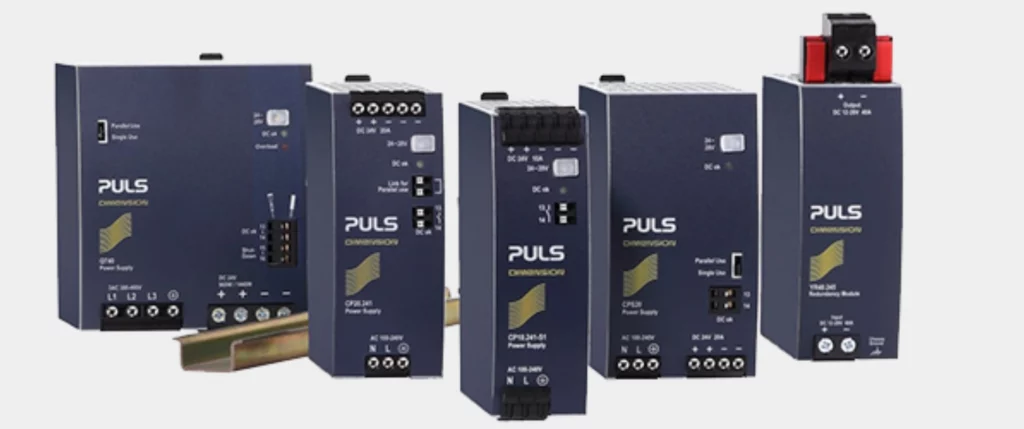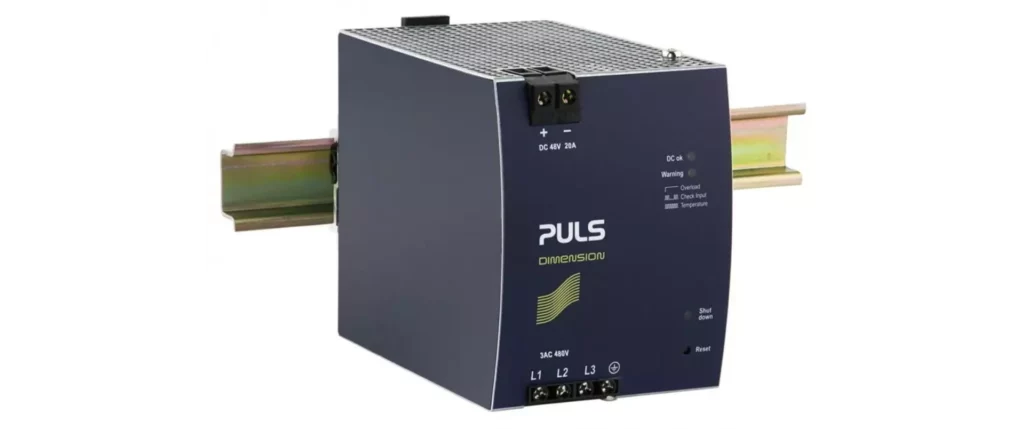Why You Should Consider PULS Power Supplies
In the realm of power supply units (PSUs), PULS stands out as a brand synonymous with innovation, reliability, and efficiency.
As a technology enthusiast and an experienced user of various power supplies, I have come to appreciate the distinct advantages of PULS power supplies.
This detailed guide aims to explore why PULS should be your go-to choice for power supply solutions.
Understanding the Importance of Quality Power Supplies
Before delving into the specifics of PULS, it's crucial to understand the critical role that power supplies play in the functionality and longevity of electronic systems.
A high-quality PSU ensures stable power delivery, protects against electrical hazards, and improves the overall performance of your equipment.

The PULS Advantage: Features and Benefits
1. Unmatched Efficiency
- High Energy Savings: PULS power supplies boast exceptional efficiency ratings, often exceeding 90%. This high efficiency translates into reduced energy consumption and lower operating costs.
- Less Heat Generation: Due to their efficiency, these PSUs produce less heat, which means less stress on the components and a longer lifespan for both the power supply and the connected equipment.
2. Innovative Design and Compact Size
- Space-Saving: PULS power supplies are designed to be compact, freeing up valuable space in your setup. This is particularly beneficial for systems where space is at a premium.
- Advanced Design: Incorporating state-of-the-art technologies, PULS power supplies are engineered for optimal performance and durability.
3. Unrivaled Reliability and Durability
- Long Operational Life: These power supplies are built to last, with many models boasting an operational lifetime significantly longer than industry standards.
- Robust Build Quality: The construction of PULS power supplies ensures they can withstand harsh environments and demanding applications.
4. Wide Range of Models
Versatile Product Range: PULS offers a broad array of models, catering to various voltage and power requirements. This versatility makes it easy to find a PSU that perfectly fits your specific needs.

Personal Experience and Case Studies
My Journey with PULS Power Supplies
- Enhanced Performance: In my experience, switching to PULS power supplies led to noticeable improvements in system stability and performance.
- Cost Savings: The energy efficiency of PULS PSUs has resulted in significant savings on electricity bills over time.
Real-World Applications
- Industrial Use: PULS power supplies have been pivotal in numerous industrial applications, ensuring uninterrupted operations in factories and plants.
- Innovative Projects: From cutting-edge research labs to advanced home automation systems, PULS PSUs have been the backbone of many innovative projects.

Choosing the Right PULS Power Supply for Your Needs
Understanding Your Requirements
- Assessing Power Needs: It's essential to calculate the total power requirements of your system to select an appropriate PSU.
- Considering Environmental Factors: Depending on your environment, you might need a PSU with specific features, such as enhanced cooling or resistance to dust and moisture.
Comparing Models
- Feature Comparison: Compare the features of different PULS models to find the one that best suits your needs.
- Cost-Benefit Analysis: Evaluate the long-term benefits of investing in a high-quality PULS PSU against the initial cost.
Conclusion: Making the Smart Choice with PULS
In conclusion, PULS power supplies represent a smart investment for anyone looking to enhance the performance, reliability, and efficiency of their electronic systems.
Whether you're setting up a new project or upgrading an existing system, PULS offers a solution that is not only technologically advanced but also cost-effective in the long run.
By choosing PULS, you're not just buying a power supply; you're investing in the future of your electronic systems.
Photo Credit: DigiKey
Source:

